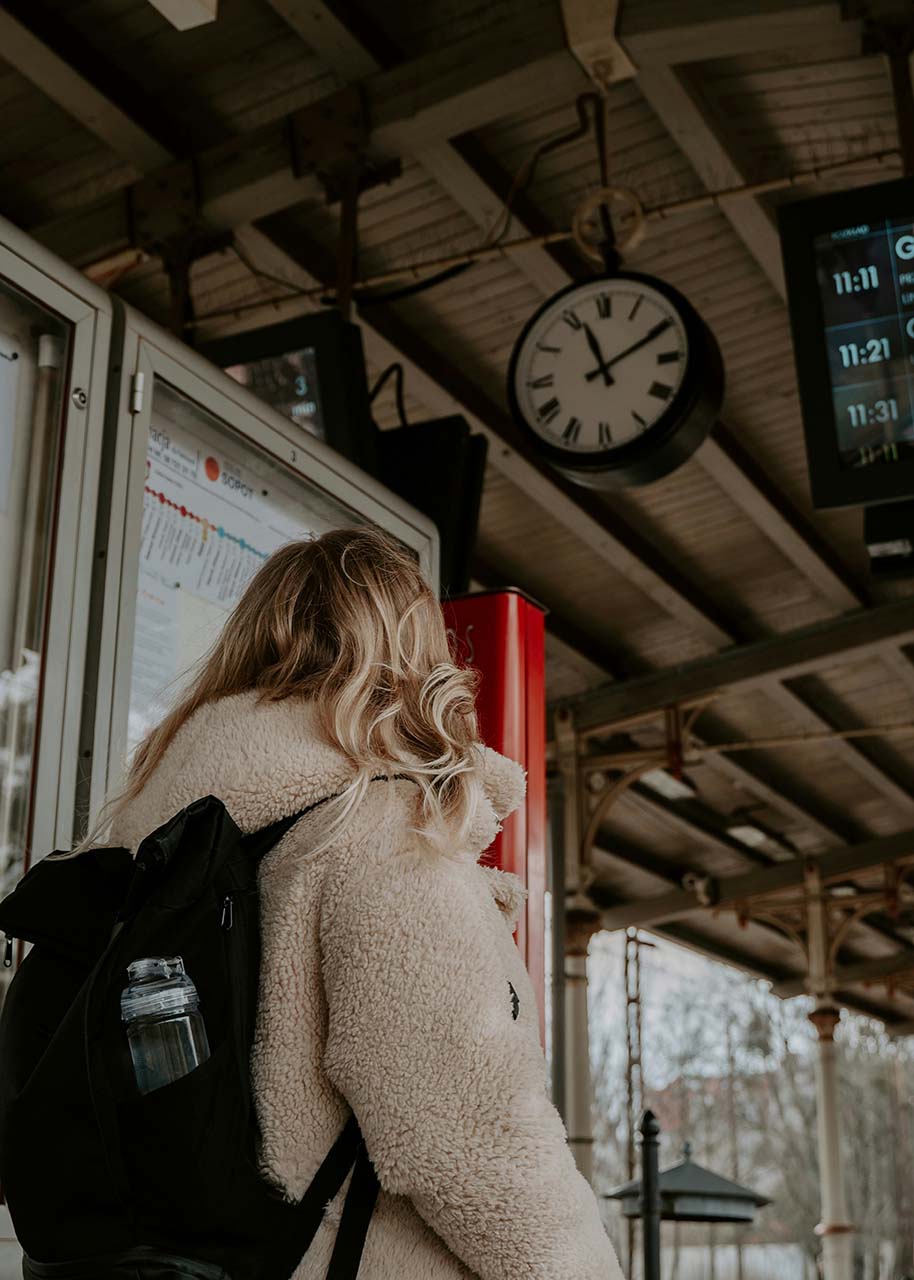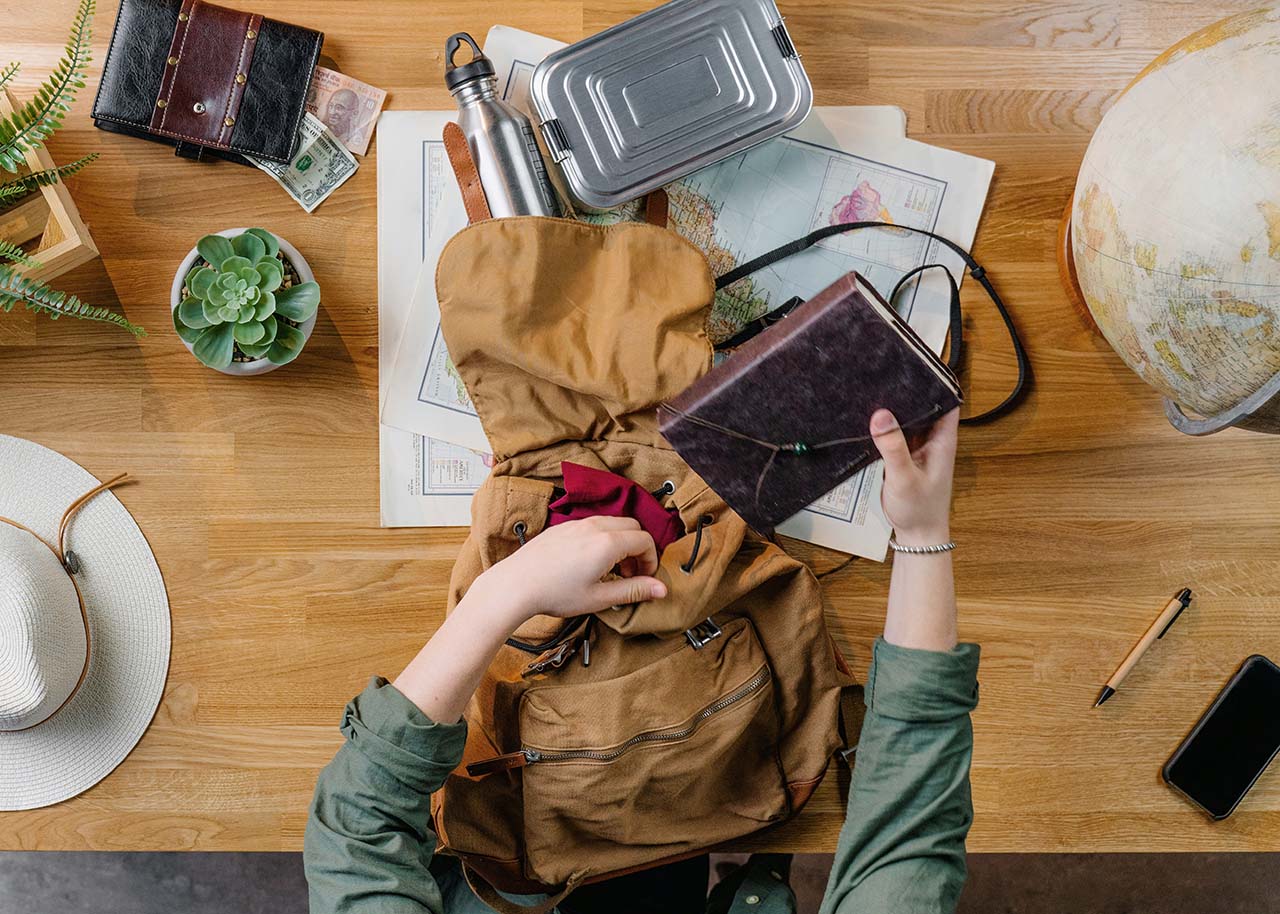(collaborative post)
Imagine you’re stepping out into the world, not just to see new places, but to truly experience them. This is the essence of slow travel, a journey that invites you to savour each moment. Picture yourself packing your bag – it’s light, carrying only what you need. This simplicity is your first step towards a more mindful adventure. As you travel slowly, you connect deeply with every destination, every local smile, and every sunset.
This guide is your companion in this journey, showing you how to embrace the slow travel mindset. It’s about making each step count, letting the journey enrich you as much as the destination.
So, take a breath and read to the end!
Understanding slow travel
Slow travel is a mindful approach to exploration, focusing on quality over quantity. It’s about immersing yourself deeply in each destination rather than rushing through a checklist of attractions.
The core principles of slow travel involve taking your time, connecting with local cultures, and seeking meaningful experiences. It’s about traveling less like a tourist and more like a temporary resident, appreciating the nuances of local life.
Embracing this leisurely approach offers numerous benefits. It allows for a deeper understanding and appreciation of the places you visit. You get the chance to form genuine connections with locals, gaining insights into their way of life. This approach also promotes sustainability, as it often involves lower carbon footprints and supports local economies.
Art of minimalism in packing
The art of minimalism in travel is about carrying less to experience more. It begins with decluttering your suitcase and stripping down to the essentials. This lightens your physical load and also frees your mind from the burden of choices and excess.
So, start by choosing versatile items that serve multiple purposes. For example, Oversized T-Shirts can be a comfortable day outfit, double as sleepwear, or even be styled for a casual evening look. Opt for a colour palette that allows for easy mixing and matching, ensuring every item works well with others.
Next, prioritise multi-functional gadgets and travel-sized toiletries to save space. Remember, the goal is to pack what you need, not what you might use. Think critically about each item’s utility. If it doesn’t serve a clear purpose, leave it behind.
With this minimalist approach, your travel becomes more flexible and less cumbersome, embodying the true spirit of slow travel.

Choosing quality over quantity
Quality trumps quantity; durable, versatile items not only last longer but also reduce the need for multiple products. For a smoother journey, invest in high-quality luggage. A sturdy, well-designed suitcase or backpack can withstand the rigors of travel and provide comfort and convenience.
Choose travel clothing that’s both durable and adaptable. Fabrics like merino wool or synthetic blends offer versatility, comfort, and easy maintenance. Footwear is another critical gear choice. Opt for shoes that provide support and durability, suitable for various terrains yet stylish enough for urban explorations.
Also, consider tech gear like a reliable power bank, a universal adapter, and a sturdy pair of headphones. These items, though small, can significantly enhance your travel experience. Remember, quality gear lasts longer and ensures a smoother, more enjoyable journey, perfectly aligning with the slow travel ethos.
Packing for sustainability
Travel, while enriching, can have a significant environmental impact. From carbon emissions during flights to excessive waste generation, it’s essential to consider sustainability when packing.
Here are tips on how to pack responsibly and reduce your ecological footprint.
Reusable essentials: Opt for reusable items like a refillable water bottle, a travel coffee mug, and a set of durable utensils. This reduces the need for single-use plastics and disposable cups or cutlery.
Eco-friendly toiletries: Choose travel-sized, eco-friendly toiletries such as shampoo bars, solid soap, and bamboo toothbrushes. These reduce plastic waste and are often more compact.
Clothing: Pack clothing made from sustainable materials like organic cotton or recycled fabrics. Choose versatile pieces that can be mixed and matched, reducing the need for excessive outfits.
Eco-friendly bags: Use reusable cloth bags or packing cubes to organise your belongings instead of disposable plastic bags. They are not only eco-friendly but also help keep your luggage organised.
Reduce single-use plastics: Avoid single-use plastic items like straws, bags, and disposable cutlery. Instead, carry your own reusable alternatives.
Choose eco-friendly transportation: Opt for eco-friendly transportation methods like trains or buses over flights, as they typically have a lower carbon footprint.
Limit packaging waste: Buy snacks and essentials with minimal packaging. Remove excess packaging before packing to reduce waste during your trip.
Respect local ecosystems: When exploring natural environments, follow Leave No Trace principles, ensuring you leave minimal impact on local ecosystems.
By adopting these sustainable packing practices, you can minimise your environmental impact while still enjoying the wonders of travel. It’s a small step toward a more responsible and eco-conscious approach to exploring the world.

Embracing flexibility in your itinerary
It’s about allowing yourself the freedom to explore without being tightly bound to a schedule. Start by planning a loose framework for your trip – key destinations and must-see sights – but leave ample room for spontaneous adventures. This approach lets you linger longer in places that captivate you or change course based on local recommendations.
Flexibility also means being adaptable to unforeseen circumstances. Weather changes, transportation delays, and unexpected opportunities can all shape your journey. Instead of stressing over disruptions, view them as part of the adventure.
Ultimately, slow travel is about enjoying the process, and flexibility ensures you can savour every moment without the rush. By letting go of a tightly scripted itinerary, you open yourself up to a world of surprises and genuine connections, making your travels richer and more meaningful.
Additional tips for a more immersive journey
Opt for longer stays: Instead of hopping quickly from one destination to another, choose to stay longer in one place. This allows you to explore areas beyond the tourist spots and truly immerse yourself in the local way of life.
Use sustainable modes of transport: Embrace walking, cycling, or using public transport. It is eco-friendly and gives you a closer look at the daily life and rhythm of the places you’re visiting.
Keep an open itinerary: Allow room for spontaneity. Rather than planning every detail, leave space for unexpected adventures. This flexibility can lead to some of the most memorable and authentic travel experiences.
Quick Recap
Remember, it’s not just about the destination but the journey and the experiences along the way. Carry less, observe more, and immerse yourself in the culture and environment you’re exploring. By traveling light and slow, you open yourself to a world of deeper connections, richer experiences, and lasting memories.
So, as you set out on your next adventure, carry this mindset with you and discover the true essence of travel.
This post was published in collaboration with a content partner. The article is meant to inspire you how to live a slow, simple, soulful and sustainable lifestyle and may contain (affiliate) links to articles, websites or products/services that may be of interest to you.
Would you like to receive inspiration from The Slow Living Guide regularly?
Sign up for the newsletter here.



